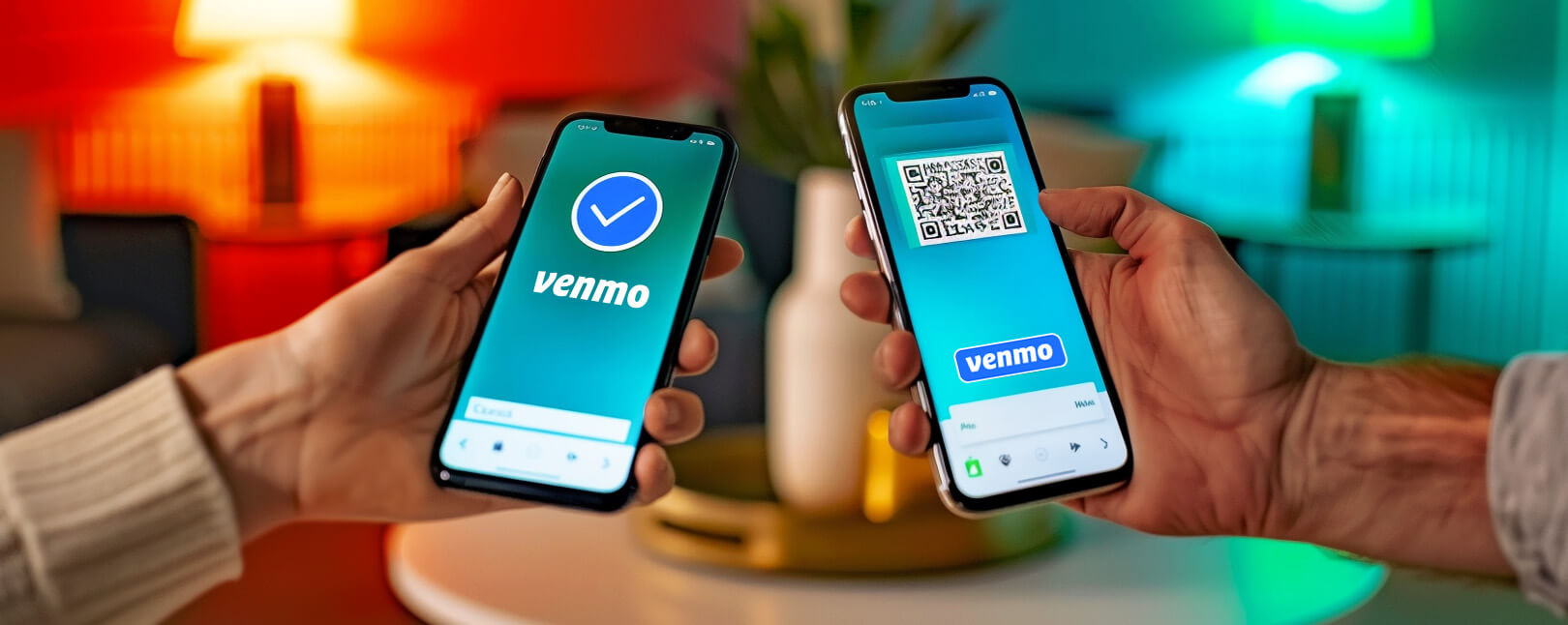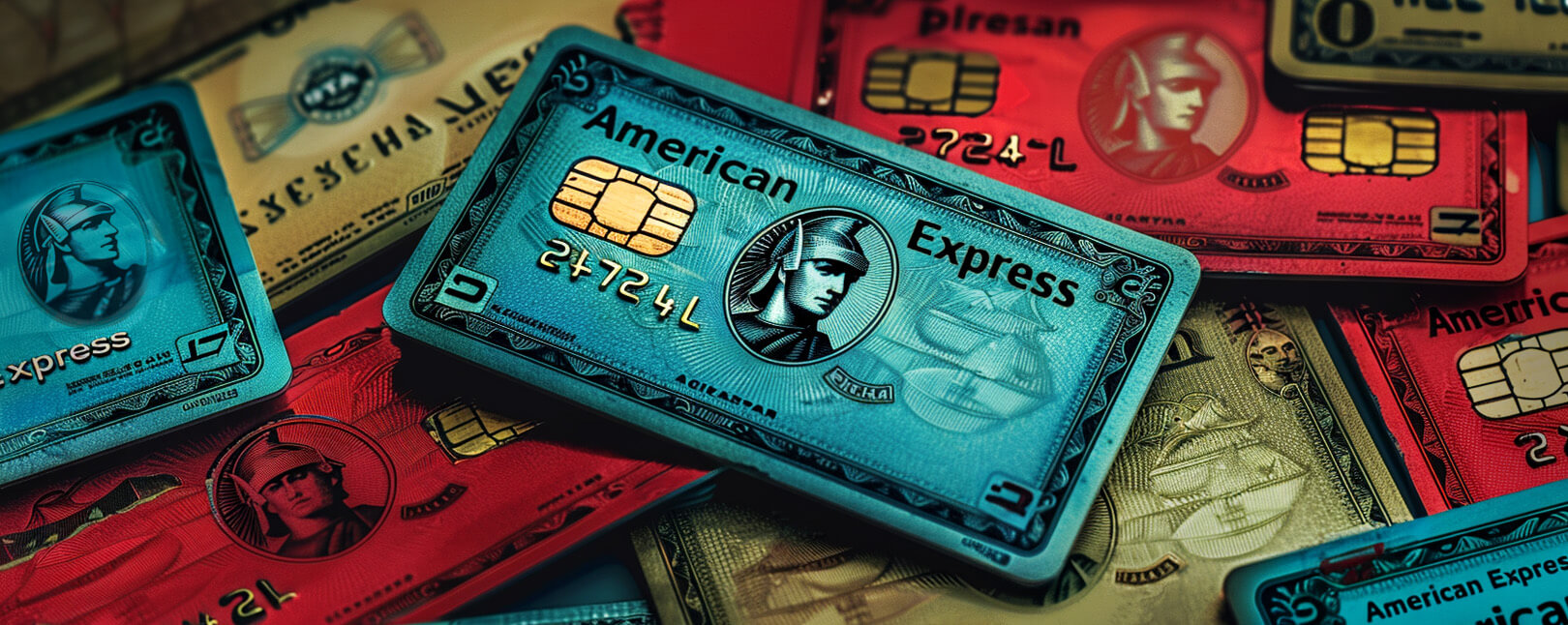Our Top 10 Tips to Prevent Quick Service Restaurant Chargebacks
Quick-service restaurant chains have proven pretty nimble in adjusting to changing times.
Many have incorporated delivery and in-store collection as means to provide greater convenience to their customers. However, this convenience has a downside. The same attributes that make it attractive to customers also render it more susceptible to fraud and transaction chargebacks.
The rising trend of fraud and chargebacks within QSR establishments is linked to these new service modalities. It's essential to understand how to reduce associated risks and maintain customer satisfaction. So then, what measures can be implemented to ward off fraud and chargebacks in the QSR sector?
Recommended reading
- Bank of America Disputes: Here's What You Need to Know
- Venmo Chargebacks: How Do Disputes Work on Venmo?
- Wells Fargo Disputes: Chargeback Rules & Things to Know
- American Express Chargebacks: Rules & Time Limits & More
- Stripe Chargeback Guide: Time Limits & Other Info You Need
- What is a Bank Chargeback? What Makes Them Different?
Quick Service Restaurant Chargebacks: At a Glance
The quick service and fast-food sector is enormous, grossing nearly $300 billion in 2023. Some of the industry’s current situation is a response to the covid-19 pandemic, which saw shutdowns and a revived consumer inclination for home dining.
QSR establishments that thrived were the ones which managed to navigate through this crisis by adopting customer-centric measures. For instance, introducing delivery services (either managed in-house or through app-based services like DoorDash or Grubhub), enabling online orders, and facilitating curbside pickups.
These strategies successfully buoyed many QSRs until the easing of pandemic restrictions. However, this also inadvertently opened up new avenues for fraudsters.
When we talk about quick service restaurant chargebacks, or QSR chargebacks, we’re referring to situations in which a customer disputes a transaction made at a QSR. The customer contacts their card issuer, resulting in the funds being returned to the customer's account. This can occur for various reasons, such as fraudulent card use, dissatisfaction with the product or service, or billing errors. It could also be a result of chargeback abuse, otherwise known as friendly fraud.
Practices such as delivery and pickup options probably won’t disappear anytime soon; likewise, fraudsters are here to stay. Therefore, it’s up to QSR operators to determine optimal strategies to shield themselves from fraud, unwarranted disputes, and preventable chargebacks.
Why Do QSR Chargebacks Happen?
Running a quick service restaurant isn't easy, especially when you have to worry about chargebacks.
Payment disputes can happen for any number of reasons, even when the transaction was completely above board. For example, let's say there's a mix-up with a takeout order or a delivery error; unlike a sit-down meal, you can't just whisk the dish back to the kitchen and make things right on the spot.
To make matters worse, customers aren't always patient. Missed deliveries, order mix-ups, and other frustrations can lead them to dispute the purchase with their bank to get a refund. Plus, there's always a risk of someone swiping a pick-up order or a doorstep delivery.
It's clear why quick service restaurants can be a hotbed for chargebacks, all things considered. But, to clarify these examples, here are a few factors that explain why QSR chargebacks are so common:
Remember, chargebacks might not always be malicious, but that hardly makes them easier for merchants to deal with. Chargebacks always come with consequences, no matter who is at fault.
How Do Chargebacks Impact the Quick Service Restaurant Industry?
QSR disputes hurt the industry as a whole. The more disputes that are filed, the more risky the merchant appears. That leads to higher processing fees, stricter operating limitations, and more.
Chargebacks can lead to:
Chargebacks hurt everyone involved in the process; sometimes even the customers that file them. This is why it’s so important for utility providers to keep ahead of the curve by implementing a few best practices to limit overall industry exposure.
10 Tips to Prevent Utility Service Chargebacks
Quick-service and fast-food restaurants must proactively address chargeback issues. The keys to this are improved communication, enhanced customer satisfaction measures, and effective dispute resolution when necessary.
Your company needs to embrace a customer-centric approach focused on transparency and satisfaction. This proactive approach fosters trust, prevents misunderstandings, and ensures customers make informed decisions about purchases.
To that end, we recommend 10 chargeback prevention best practices to decrease your overall chargeback issuances:
#1 | Communicate Clearly
Ensure that all terms, requirements, and other crucial information are clearly communicated to customers. Using plain language and avoiding industry jargon that may confuse or mislead customers is crucial. Providing comprehensive documentation and offering opportunities for customers to ask questions can enhance their understanding and reduce the likelihood of chargebacks resulting from a misunderstanding.
#2 | Educate Customers
Educating customers is essential. You should offer resources like user-friendly guides, online portals, dedicated customer support, etc., to help customers. Regular communication, reminders, and updates about any changes to service or upcoming renewal dates can also minimize confusion and prevent disputes.
#3 | Clarify Billing Practices
Accurate billing practices are critical to prevent billing disputes and chargebacks. You should ensure that invoices and statements are error-free, clearly indicating the services provided, associated costs, and any adjustments or refunds. Billing transparency and easy-to-understand itemization can help customers recognize and validate charges, reducing the chances of chargebacks.
#4 | Provide Training
Conducting comprehensive training for sales representatives who engage with customers is crucial. This training should emphasize accurate representation of terms and ensure that sales agents thoroughly understand the products and can effectively communicate them to potential customers.
#5 | Prioritize Customers
Maintaining strong customer service is vital for addressing customer concerns and resolving issues promptly. By offering accessible channels of communication, such as phone, email, or live chat, you can proactively assist customers, clarify uncertainties, and address complaints before they escalate to chargebacks. Timely and empathetic customer support can go a long way in preventing disputes.
#6 | Ensure Compliance
Staying up-to-date with industry regulations and adhering to best practices for data security and privacy can minimize potential compliance issues. Complying with regulatory requirements can reduce the risk of penalties, legal disputes, and subsequent chargebacks.
#7 | Automate Reminders
Using automated payment reminders can help customers stay informed about upcoming due dates and avoid missed payments. Sending timely notifications through email, text messages, or mobile apps can prevent accidental lapses in service.
#8 | Improve Documentation
You should ensure that any policy documentation is comprehensive, easily accessible, and written in customer-friendly language. Clear and detailed terms, service limitations, exclusions, and procedures can minimize misunderstandings and disputes.
#9 | Enhance Verification
Implementing thorough verification processes during a transaction can help confirm your customers’ identities, intentions, and understanding of the service. This can include additional authentication measures or validation checks to mitigate instances of fraudulent or unauthorized transactions.
#10 | Seek Feedback
Regularly seeking customer feedback through surveys, satisfaction ratings, or online reviews can provide valuable insights into which improvement may be necessary. Addressing customer concerns promptly can help prevent frustrations from escalating into chargebacks and demonstrate a commitment to customer satisfaction.
Learn more about chargeback preventionChargebacks Require a Better Solution
Any combination of the best practices outlined above can help your business create a solid framework to minimize quick service restaurant chargebacks. You can also enhance customer satisfaction and ensure a smooth and secure experience for customers in the process.
All that said, a piecemeal strategy won’t be effective. True fraud prevention and risk mitigation require a more comprehensive approach. Fortunately, we can help.
Chargebacks911® offers a true end-to-end technology platform that prevents more disputes, wins more reversals, and maximizes your ROI. Contact us today for more information on how to improve customer service to prevent chargebacks.
FAQs
What is a chargeback in a restaurant?
A chargeback in a restaurant occurs when a customer disputes a transaction, typically made with a credit card, with their bank rather than with the restaurant directly. This could be due to various reasons, like an incorrect order, poor service, or suspected fraud. The bank then reverses the transaction, pulling the funds out of the restaurant's account and refunding the customer.
Can you chargeback for bad food?
Yes. A customer can initiate a chargeback for receiving bad or unsatisfactory food from a restaurant. However, they’re encouraged first to attempt to resolve the issue directly with the restaurant. Chargebacks should be a last resort and only pursued if the restaurant fails to address the concern satisfactorily.
What is the chargeback rate for restaurants?
As of 2018, 28% of food and beverage respondents had a chargeback rate between 0.5 and 1% of transactions. One in ten had a chargeback rate above 1%.
That said, the chargeback rate varies from one establishment to another based on various factors, including security measures, service quality, and customer demographics. A high chargeback rate can indicate potential issues with fraud, customer service, or product quality.
What happens if you dispute a restaurant charge?
When you dispute a restaurant charge, the chargeback process is initiated with your bank or credit card issuer. The bank then investigates the claim, which can include requesting documentation from the restaurant to justify the charge. If the bank sides with you, the amount of the disputed charge is withdrawn from the restaurant's account and refunded to you.














